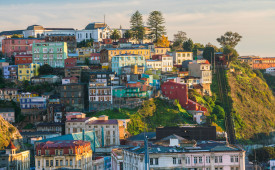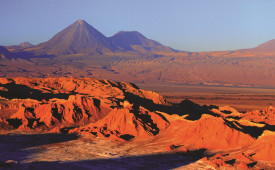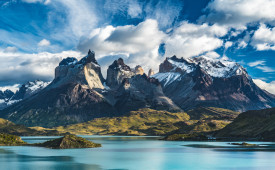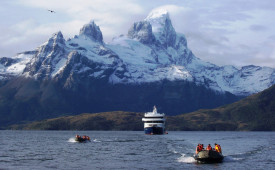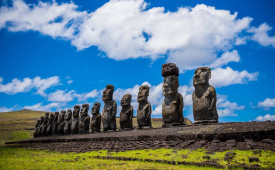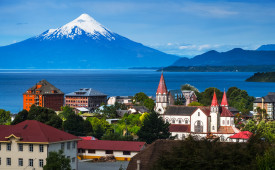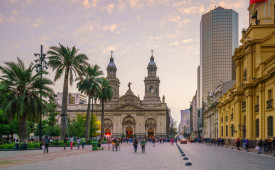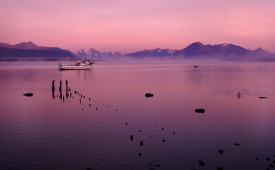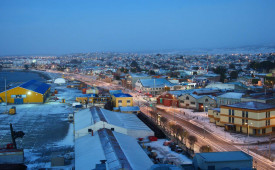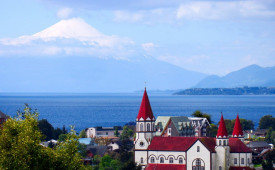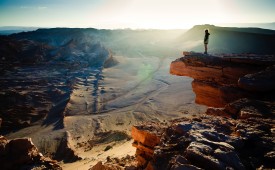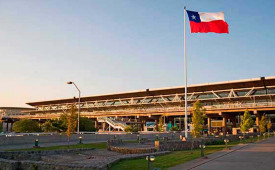-
Latin America
Latin America
- Countries (hidden space)
- Galapagos & Ecuador
- Guatemala
- Mexico
- Panama
- Peru
- Popular Attractions
- Machu Picchu
- Inca Trail
- Easter Island
- Galapagos Islands
- Patagonia
- Rio de Janeiro
- Iguazu Falls
-
Africa
Africa
- Spacer Africa
- South Africa
- Zimbabwe
- Popular Attractions
- Cape Town
- Okavango Delta
- Sossusvlei Dunes
- Victoria Falls
- The Kruger
- The Garden Route
- Masai Mara
-
Asia
Asia
- Spacer Asia
- Laos
- Sri Lanka
- Uzbekistan
- Vietnam
- Popular Attractions
- Taj Mahal
- Lion Rock (Sigiriya)
- Angkor Wat
- Ha Long Bay
- Kyoto
- Europe & Middle East
-
Destinations
- Latin America
- Argentina
- Bolivia
- Brazil
- Chile
- Colombia
- Costa Rica
- Galapagos & Ecuador
- Guatemala
- Mexico
- Panama
- Peru
- Asia
- Borneo (Malaysia)
- Cambodia
- India
- Japan
- Laos
- Sri Lanka
- Uzbekistan
- Vietnam
- Middle East
- Jordan
- Southern & East Africa
- Botswana
- Kenya
- Namibia
- South Africa
- Zimbabwe
- Europe
- Slovenia
- All Holiday Destinations
- Contact Us
-
About
About
Llama Travel provides high quality holidays at the lowest possible prices.
99% recommend us Lower prices - guaranteed Financially protected by ATOL
Travelling to Chile
Travelling in Chile
-
Tipping
If you receive good service, you may want to leave a tip. This is completely at your discretion. If you want to tip guides, US$2-3 per person per day is usual if you are in a group. Approximately US$1-2 is usual for drivers or transfer staff. 10% is usual in restaurants. Please give any tips directly to the person you would like to tip to ensure that they get it.
-
What to pack - Chile
In Santiago, daytime temperatures from October to April tend to be around 20°C - 30°C and night-time temperatures around 10°C. Daytime highs in Torres del Paine from October to April are around 12°C – 20°C and night-time temperatures can drop to 2°C or 3°C. Although rain is usually not heavy, it can get very windy, and wind chill can make the temperatures feel 7 or 8 degrees cooler. In Puerto Varas, daytime highs from October to April tend to be around 15°C - 20°C and night-time temperatures around 6°C - 10°C. Although this is the driest period, rain is common throughout the year. Daytime highs in the Atacama Desert are around 20°C – 25°C and night-time temperatures are around 12°C. Daytime highs on Easter Island are around 20°C – 25°C and night-time temperatures are around 15°C - 20°C.
Due to the variations in weather, we recommend taking a variety of clothing, suitable for warm and cold weather. Rain is possible throughout the year, so waterproofs are also recommended.
Electricity in Chile is 220V, and plugs are of the round two-pin type.
We recommend you carry a copy of your passport with you at all times.
Please bring any medication you may require from the UK.
You can bring whichever luggage you feel most comfortable with: suitcases, soft bags and rucksacks are fine.
-
Budgeting for your stay
All hotels include breakfast, and other meals are included on some tours and excursions. However, generally, you will need to arrange your own lunches and dinners. We recommend budgeting approximately US$20 – 25 for a meal, although many restaurants have excellent value set lunches for less than this. Hotel restaurants, especially in superior hotels, can be more expensive. Restaurant in more remote areas, including Torres del Paine and Easter Island, are more expensive. Additionally, there are many upmarket restaurants, particularly in Santiago, where you should expect to pay up to US$50 per person, or possibly more.
Bar prices are similar to the UK and a small bottle of beer usually costs around US$2-3 in a hotel bar. This can be higher in more remote areas.
If you are planning on arranging any activities locally, especially in Torres del Paine, these can be expensive. These can usually be paid for by credit card.
-
Food
Chileans love meat and there are many restaurants catering for meat lovers. There are also many good seafood restaurants in Santiago, with the Central Market having many good places to eat at lunchtime. Some of the best restaurants are to be found in the Barrio Lastarria and in the Barrio Bellavista, although they tend to be more expensive. There are many restaurants serving good value set lunches throughout the city.
Most of the restaurants in Puerto Varas can be found close to the centre of the town. Fish is prominent on the menus, but there is also a wide selection of international cuisine. There is a good selection of restaurants in Puerto Natales, especially for a town of its size, including typical Patagonian barbecued meat places, sea food restaurants and pizzerias. In Torres del Paine, you will generally eat in your hotel, although there are some restaurants close to the hotel Rio Serrano. Hotels can also prepare packed lunches. There are few places to eat in the park itself.
Good food and Chilean wine is also easily found in the centre of Punta Arenas. The local specialty is king crab (centolla). The hearty Chilean cazuela is a stew made from meat, squash, potatoes and other vegetables, and makes for a nourishing, warming meal in the cold Patagonian climate.
There are several good restaurants in San Pedro in the Atacama Desert, with many serving local ingredients, including llama meat. There is a fairly limited selection of restaurants in Hanga Roa on Easter Island, although there are several good fish restaurants. Prices tend to be quite high, with shipped in food often twice the price of on the mainland, although local fish can be good value.
-
Money
The currency in Chile is the Peso. Travellers should take local currency or US dollars and not UK sterling, which is not widely accepted in any form. Credit and debit cards (Visa and MasterCard) can be used in many shops and restaurants, and can also be used to withdraw money from cash machines. Please note that it can be difficult to use US dollar notes which have even the smallest tear. When changing US dollars into local currency, always use a reputable place to change: banks, hotels or exchange shops. Do not change money on the street if you can avoid it. If taking travellers cheques, a high commission may be charged, especially if changing directly into dollars. Some hotels do not change travellers cheques so you may need to change them in a bank or exchange shop, therefore, please bear in mind opening hours.
It is always recommended to inform your bank that you are travelling abroad and to which countries. This will allow them to authorise money withdrawals on your account when you are away. Some banks say that this is not necessary; however we would still recommend contact with your bank as in some cases people have had difficulty in withdrawing currency.

